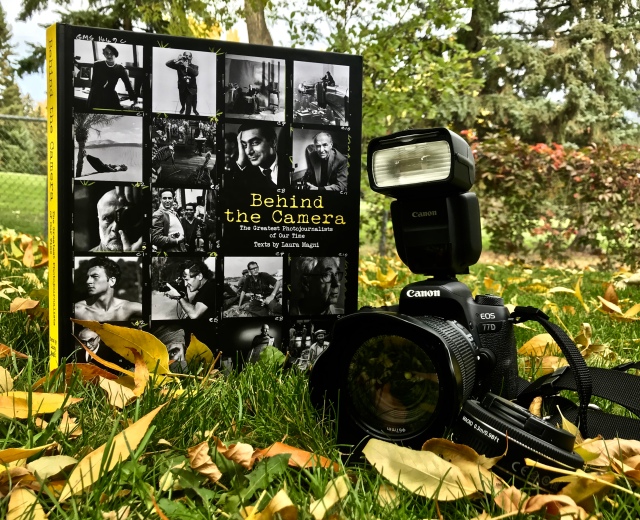
Books have more or less always inspired me in some way, but most of all in terms of my writing. At least that’s how it’s always been before. As a writer, I get excited when I walk into bookstores – faced with tens of thousands of stories all waiting for me to consume, it’s a heady feeling wrapped in the warm wisp of a dream that someday I’ll see my name among those on the shelves. Seeing books gets me excited. I wear the handle of ‘bibliophile’ quite proudly. I get a thrill out of the stories, and out of the subject matter. Sometimes I’ll leave a bookstore empty handed, but more fulfilled than if I’d actually purchased something. In those cases I’ve just spent the better part of two hours picking books up, turning them over, flipping through pages, carrying them around, setting them down, walking away, walking back, sighing wistfully…it’s like some sort of unhealthy relationship, I’m certain.
And then there are times where I pick up a book for no particular reason and I know right away that it’s coming home with me.
I was sitting in my first year photography class the other morning, watching as our instructor guided us through the process of setting up our editing program, and our hard drives, with workflow templates; and I started thinking, “Come on, Greg, can’t we just…take pictures?”
When it comes right down to it, as photography students who will be released into the industry most likely as freelancers (or ‘stringers’; I’m digging that term), we need to understand the importance of workflow and how we file our images if we ever hope to have them published or sold. And I also get that teaching someone how to take a photograph is nigh impossible – you can’t really teach creativity. You can give it a push in a general direction, give some guidance in terms of lighting, balance, composition, perspective, framing, and subject, but at the end of the day, a photographer is gonna do what a photographer is gonna do: take pictures.
I’ve been using my camera a lot since I got in July, and I’m just starting to play with some of the settings to see how they affect the picture, but I’m dying to apply it to something more significant than Fish Creek Provincial Park which runs through the south end of the city. Don’t get me wrong; I love the park, and I love being able to go to this park and see the changes throughout the seasons. However as Greg told us on our first day of his class, the most important element of a picture is people. People doing things are even better.
So, after a day of not taking any pictures but lugging this camera and the two lenses around, I was feeling a little uninspired. Maybe a lot uninspired. After all, even the park wasn’t giving me anything good to work with – the weather has been dull, and grey, and damp, and the light has been flat. Not very inspiring. As I sat at my desk and watched more leaves fall off the trees in the backyard, my attention soon waned and I started scanning my bookshelves for my next blog topic when Behind the Camera: The Greatest Photojournalists of Our Time(text by Laura Magni) caught my eye. It’s rather hard to miss, actually: it’s a large book, hardcover, with a yellow spine and black Courier New typeface.
I immediately grabbed it, and opened it up, and was taken back to when I bought the book this past May. I remember it quite well – my mom had recently arrived from Regina to stay with me for the summer, and we’d already spent a lot of time talking enthusiastically about my upcoming foray into school, and the journalism program. My mom is a novice photographer, which I think was a big inspiration for me picking up a camera. The second one was this book.
Most of the images are in black and white, but the photojournalists therein span a century of history, and there are some famous pictures, and infamous faces on the pages. What really struck me, however, was something that hadn’t been so obvious to me before, even though I’d been scanning National Geographic since I was about ten.
That ‘something’ is this: a picture can do just as good a job telling a story as words can. Remember the old saying? ‘A picture is worth a thousand words’; I’d never really considered it until that moment when I was standing in the bookstore flipping the pages, my mom standing beside me just as enthralled with the images as I was. I know there is power in words; I’ve been writing since a very early age and I love it dearly – I rarely go a day without writing something, be it a blog post, an article for school, or some fiction for my online posts. But pictures are perhaps even more powerful, or can be a catalyst; a main course, or a garnish. A photograph of that calibre is a challenge to me – can I tell a better story from behind the lens? How will it change my perception of the world, and of humanity? Will it change those things for the viewer?
